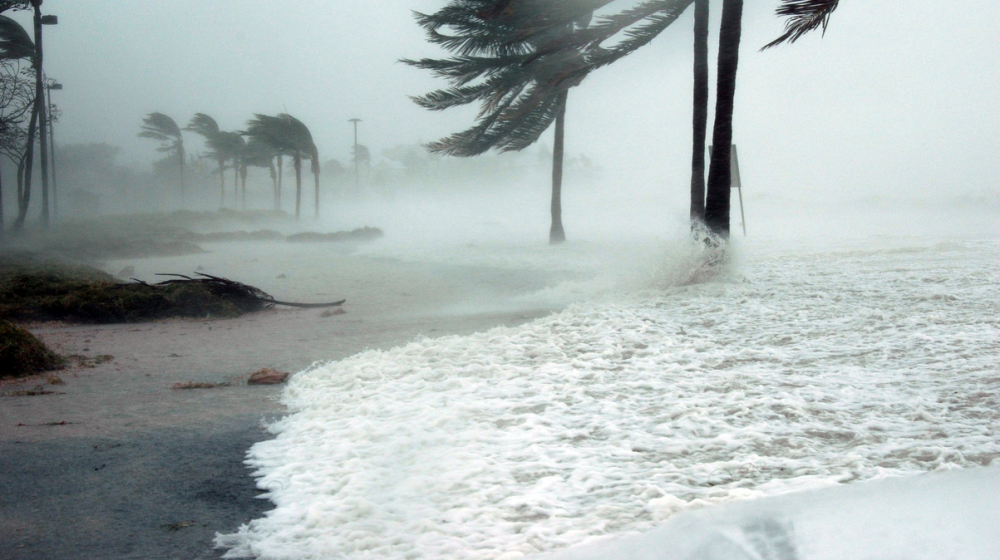
How to Protect Your Yard During Hurricane Season
Protect your Florida yard during hurricane season by securing outdoor items, trimming trees, clearing drains, reinforcing structures, and choosing wind-resistant landscaping. Native plants like sabal palms and firebush offer durability and erosion control. Proactive steps now can prevent costly storm damage later.
Living in Florida means enjoying beautiful beaches, sunshine, and lush greenery—but it also means preparing for hurricane season. Between June 1 and November 30, Florida homeowners need to be vigilant in protecting not only their homes but also their yards. Strong winds, heavy rain, and flying debris can turn your yard into a hazard zone. Here’s a practical guide to help you safeguard your outdoor space and minimize damage during the next storm.
1. Secure Outdoor Furniture and Decor
Patio furniture, potted plants, grills, and yard décor can become dangerous projectiles in high winds. Before a storm hits, bring these items inside your home, garage, or storage shed. If that’s not possible, use heavy-duty straps or bungee cords to anchor them to the ground or a sturdy structure.
2. Trim Trees and Shrubs
Overgrown or dead branches are a significant risk during a hurricane. They can snap off and damage roofs, windows, or power lines. Trim your trees and shrubs well before hurricane season begins, and continue regular maintenance throughout the summer. Pay special attention to limbs that hang over your home or driveway.
3. Clean Gutters and Drains
Clogged gutters and downspouts can cause water to back up and flood your yard—or even seep into your home’s foundation. Clear out leaves, twigs, and other debris from your gutters and check that your drains are unobstructed. Proper drainage is key to minimizing water damage during torrential rain.
4. Reinforce Fencing and Structures
Wooden fences, trellises, and pergolas can be vulnerable during a storm. Inspect them for loose boards, rusted fasteners, or weak supports, and make repairs as needed. Consider upgrading to wind-resistant fencing materials if you live in a high-risk area.
5. Create a Wind-Resistant Landscape
Opt for native or wind-tolerant plants with deeper root systems that can withstand heavy rain and gusty winds. Native Florida plants like sabal palms, muhly grass, coontie, and firebush are excellent choices—they’re adapted to the climate and more likely to survive storms. These plants resist wind, help reduce erosion, and provide shelter for local wildlife during extreme weather.
In addition to selecting wind-resistant plants, you should avoid gravel or small rocks in landscaping, as these can become an airborne hazard. Mulch with heavier materials like bark to reduce the risk of debris.
6. Turn Off Irrigation Systems
Before a hurricane, shut off automatic irrigation systems to prevent unnecessary water accumulation. Excess water can make your soil soggy, increasing the risk of trees being uprooted.
7. Secure Utility Features
If you have an above-ground propane tank, pool equipment, or solar panels, make sure they’re securely anchored. Check manufacturer guidelines for hurricane preparation, and protect electrical components from water exposure when possible.
Final Thoughts
Preparation is your best defense against hurricane-related yard damage. Take the time now, before a storm is on the radar, to inspect your property and make improvements. These small, proactive steps can save you time, money, and stress during Florida’s stormy months.
Is your yard ready for this year’s hurricane season? If it isn’t, get it ready now!